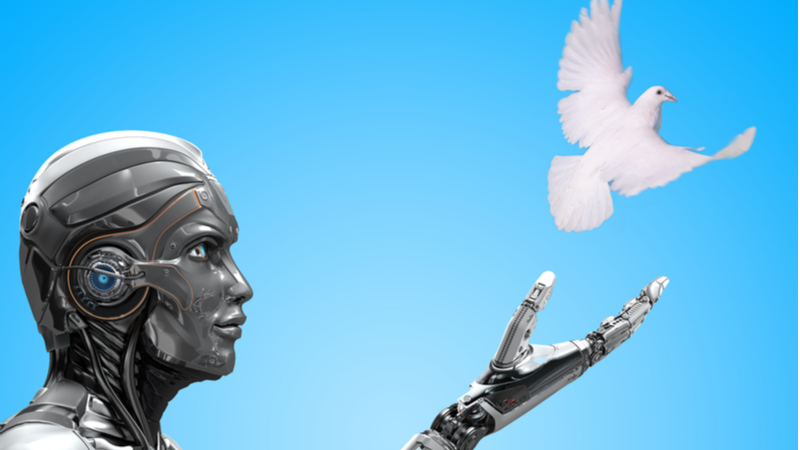
A team of Stanford University scientists, sponsored by the National Science Foundation (NSF), are turning to birds to help them learn how to develop machines that can land like the feathered animals, according to an Aug. 8 NSF news release.
The researchers collected data on how different birds can land of various surfaces composed of materials ranging from Teflon, sandpaper, and foam. The group’s findings details how friction the birds’ claws produce, in addition to the nature of their grip, are “the secret to the birds’ perching versatility.”
“Through studying natural systems that have evolved over millions of years, we can make tremendous strides toward constructing systems with unprecedented capabilities,” said William Roderick, lead author of the team’s paper.
Kathryn Dickson, a program director at NSF’s Division of Integrative Organismal Systems – which funded the scientists’ project – highlighted how the research contributes to leads in biomimicry, a nature-inspired approach to problem-solving and design commonly adopted in robotics development.
“This interdisciplinary study integrated biology, physics and engineering to understand a complex natural behavior, and resulted in surprising insights that may lead to important bio-mimetic applications,” Dickson said.
